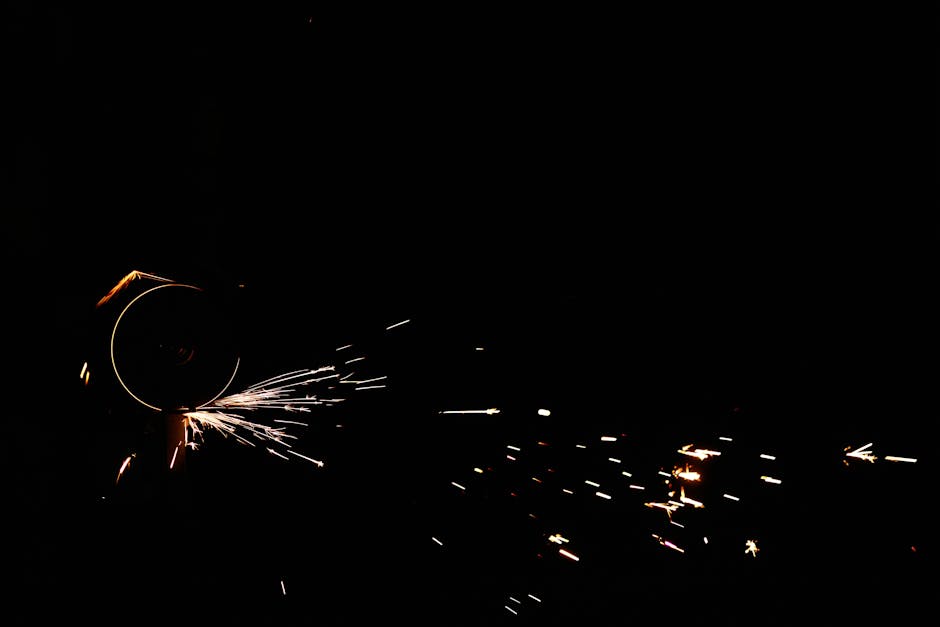Welding Inspector Recruitment Guide
Kuwait’s industrial sector is experiencing unprecedented growth. Major oil, gas, and construction projects demand rigorous quality control. Consequently, the need for certified welding inspectors is at an all-time high. However, recruiting these specialized professionals presents unique challenges. Companies must navigate a competitive landscape with precision. Additionally, understanding local regulations and international standards is crucial. This welding inspector recruitment guide provides a strategic framework for success. It addresses the entire process for welding inspector recruitment guide Kuwait specifically. Furthermore, it outlines best practices to secure top-tier talent efficiently.
Understanding Welding Inspector Recruitment Guide
Recruiting welding inspectors in Kuwait requires specialized knowledge. These professionals ensure structural integrity and safety. Therefore, their qualifications are non-negotiable. The process differs significantly from general technical hiring. It involves verifying specific certifications like CSWIP or CWI. Moreover, recruiters must assess practical field experience. Understanding these nuances is the first step. This foundational knowledge prevents costly hiring mistakes. It also streamlines the entire recruitment pipeline.
Kuwait’s market has specific legal and cultural considerations. Work visa and labor law compliance is mandatory. Furthermore, understanding compensation benchmarks is vital. This guide helps demystify these complex requirements. It provides a clear path to effective hiring. For more details, consult our professional resources.
Welding Inspector Recruitment Guide Benefits
A structured recruitment strategy offers immense advantages. It significantly reduces time-to-hire for critical roles. This speed is a major competitive edge. Additionally, it improves the quality of hires. You attract inspectors with the right credentials and experience. Therefore, project safety and compliance are enhanced. This directly protects your company’s reputation and bottom line.
Cost savings are another significant benefit. A bad hire is exponentially more expensive than a strategic process. Moreover, a strong recruitment brand attracts passive candidates. This is crucial in a talent-short market. Following a proven welding inspector hiring blueprint ensures consistent results. It transforms recruitment from a reactive task into a strategic asset.
How Welding Inspector Recruitment Guide Works
This guide operates on a phased approach. First, it begins with a comprehensive needs analysis. You must define the project scope and required certification levels. Next, the sourcing phase targets active and passive candidates. This involves specialized job boards and industry networks. Furthermore, a rigorous screening process validates certifications and experience.
The interview phase assesses both technical and soft skills. Practical tests are often necessary. Consequently, you gain a holistic view of each candidate. Finally, the offer and onboarding phase ensures a smooth transition. Adherence to International Labour Organization guidelines is recommended throughout. This systematic method ensures no critical step is overlooked.
Best Welding Inspector Recruitment Guide Practices
Adopting industry best practices is essential for success. First, always pre-verify all candidate certifications. This can be done through official bodies. Additionally, develop strong relationships with technical institutes. These relationships become a pipeline for future talent. Moreover, craft compelling job descriptions that highlight project significance.
Competitive compensation packages are a must. They should align with U.S. Department of Commerce trade information on regional benchmarks. Furthermore, streamline the interview process to respect candidate time. A lengthy process risks losing top applicants to competitors. Implementing these practices will dramatically improve your hiring outcomes.
Welding Inspector Recruitment Guide Implementation
Implementing this guide requires careful planning. Start by auditing your current recruitment process. Identify gaps in your sourcing or screening methods. Next, train your HR team on the specifics of welding inspection. They need to understand terms like NDT and ASME codes. Therefore, they can better evaluate candidate qualifications.
Technology plays a key role. Use an Applicant Tracking System (ATS) configured for technical roles. Additionally, leverage digital platforms for remote skill assessments. This is especially useful for overseas candidates. For support, consider an expert consultation. A phased rollout allows for adjustments and ensures long-term success.
Advanced Welding Inspector Recruitment Strategies
To excel, move beyond basic recruitment tactics. Develop an employer value proposition for technical staff. Highlight career development and unique project work. Additionally, create an employee referral program with substantial incentives. Your current team knows the standards and can recommend qualified peers.
Engage with professional bodies like the American Welding Society. Furthermore, use data analytics to track sourcing channel effectiveness. This allows for optimized resource allocation. Understanding regional trends from the World Bank economic reports can also inform strategy. These advanced methods secure a sustainable talent pipeline.
Welding Inspector Recruitment Guide Success Tips
Several key tips can guarantee recruitment success. Always prioritize cultural fit alongside technical skill. A candidate must integrate well with your site team. Additionally, maintain clear and consistent communication with applicants. Transparency builds trust and a positive company image.
Stay updated on changes in Kuwaiti labor laws. Refer to resources like the UAE government employment regulations for regional context. Moreover, always conduct thorough background checks. Finally, be prepared to move quickly when you find the right candidate. Delay often results in losing talent to other offers.
Future of Welding Inspector Recruitment Guide
The future of recruiting in this field is evolving rapidly. Digital credentials and blockchain-verified certifications are emerging. These technologies will make credential verification instantaneous and more secure. Additionally, the focus on workplace safety will intensify. Recruiters will need to find inspectors well-versed in the latest World Health Organization workplace standards.
Remote and automated inspection technologies will also change skill requirements. Therefore, recruitment strategies must adapt to seek inspectors with new competencies. Continuous learning and adaptation of your welding inspector hiring framework will be essential. Proactively engaging with these trends ensures your recruitment remains effective and forward-thinking.
Frequently Asked Questions
What are the essential certifications for a welding inspector in Kuwait?
The most critical certifications are CSWIP (Certification Scheme for Welding Inspection Personnel) and CWI (Certified Welding Inspector) from the American Welding Society. These are globally recognized and often mandated by major oil and gas clients in Kuwait.
How long does the typical recruitment process take?
A typical process can take 4 to 8 weeks. This timeline includes sourcing, screening, interviews, and visa processing. Delays often occur during certification verification and security clearance.
What is the most challenging part of recruiting welding inspectors?
The biggest challenge is the high demand and low supply of experienced, certified professionals. Sourcing candidates with the right blend of certifications, field experience, and soft skills is highly competitive.
Are there specific visa requirements for foreign welding inspectors?
Yes, foreign inspectors require a work visa sponsored by the employing company. This process involves medical checks, security clearance, and adherence to Kuwait’s residency laws, which your HR department should manage.
How can I verify a candidate’s welding certifications?
Always verify directly with the issuing certification body. For example, CSWIP certifications can be verified through TWI, and CWI certifications through the American Welding Society’s online verification portal.
What salary range should I offer to be competitive?
Salaries vary based on experience and project complexity. Generally, competitive packages for certified inspectors in Kuwait range from KWD 800 to KWD 1,500 per month, often including housing, transportation, and other benefits.
Conclusion
Recruiting skilled welding inspectors is a critical business function in Kuwait. A strategic approach ensures project integrity and safety. This comprehensive welding inspector recruitment guide provides the necessary roadmap. It covers everything from understanding local requirements to implementing advanced strategies. Therefore, your company can build a reliable, qualified inspection team.
The dynamic industrial landscape demands proactive talent acquisition. By following these principles, you mitigate risk and enhance operational excellence. Ready to optimize your hiring process? Take the first step today. Schedule an appointment with our specialists to develop your customized recruitment plan.




